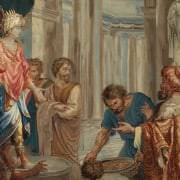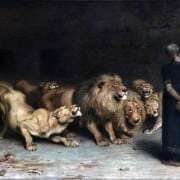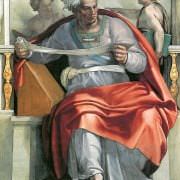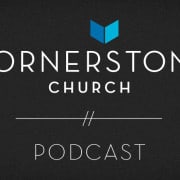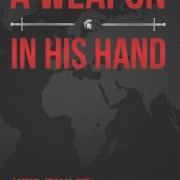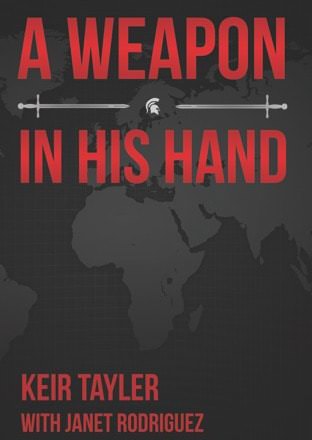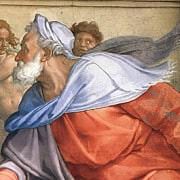The book of Ezra
The purposes of God may sometimes be delayed but they are never abandoned. God had promised through Jeremiah (Jeremiah 29:10-13) that the exiles would return after seventy years to Jerusalem. Ezra tells us about this return.
Nehemiah and Ezra were one book in the Hebrew Bible. The Ezra-Nehemiah- Esther period in Israel’s history is arguably the least known amongst Christians generally. It would be pertinent to set the books in their historical setting.
You have just finished reading Ezekiel and Joel and Daniel. Ezekiel and Daniel are figures around during the exile of Judah in Babylon. The story of Daniel in the Lion’s den happened about ten years before Cyrus the Great of the Persian Empire conquered the Babylonians. In the first year of his reign, Cyrus (spoken of by Isaiah 200 years earlier) issues an edict permitting all Jewish captives to return to Jerusalem. From this point on Jews are only the people of Judah that return to Jerusalem. The people of the ten Northern tribes (Israel exiled under Assyria) never return. At Cyrus’ first call to return in 537 B.C., only 50,000 Jews return under Zerubbabel (Ezra 1:1-4). Cyrus even returned the valuables that Nebuchadnezzar had taken from the Temple in Jerusalem.
The names of the people who returned are listed in chapter 2. They set about rebuilding their lives in Jerusalem. First the altar is built, then the Temple, and last their homes, which is significant. One could almost expect that hindrances would come. Chapter 4 covers the trouble. Chapter 4 also shows that the messages of Haggai and Zechariah encouraged the people in this tough time. Within four years the Temple was rebuilt (in a very plain way) and dedicated. This would have been 516 B.C. (Ezra 6).
Ezra appears in person in chapter 7. This is in 458 B.C., about sixty years since the first exiles returned. He was sent by king Artaxerxes with a contingent of 1,700 Jews. Ezra is an outstanding minister of the Word or God. His name means ‘help’ and he helps the people understand the Law of God and living under God’s Law. Tradition says that Ezra was responsible for setting up a council of 120 men who formed the Old Testament canon. The rest of the book it taken up with Ezra applying the ways of God to the people as they see and acknowledge their sin and change their ways.
After Ezra comes Nehemiah (445 B.C) to rebuild the walls of Jerusalem. History stops one hundred years after the return from the exile. We then turn to secular history where Alexander the Great conquers Persia and takes Jerusalem. He shows favour to the Jews.
Pic: Cyrus returning the Temple treasures to the Jews.

